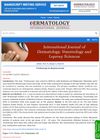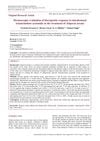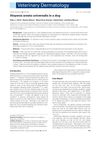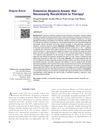Alopecia Universalis Following Two Sequential Traffic Accidents: Possible Association with Increased Th1 and Th17 Cells and Decreased Th2 Cells
January 2011
in “
Journal of UOEH
”
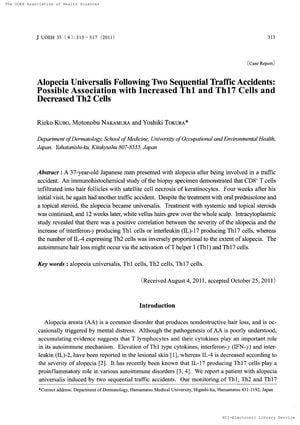
TLDR Autoimmune hair loss may be linked to increased Th1 and Th17 cells and decreased Th2 cells.
A 37-year-old Japanese man developed alopecia universalis following two sequential traffic accidents. Immunohistochemical analysis showed CD8+ T cell infiltration in hair follicles and keratinocyte necrosis. Despite treatment with oral and topical steroids, the condition progressed to alopecia universalis, but white vellus hairs appeared after 12 weeks of continued treatment. The study found a positive correlation between alopecia severity and increased Th1 and Th17 cells, and an inverse relationship with Th2 cells, suggesting that autoimmune hair loss might be driven by Th1 and Th17 cell activation.
